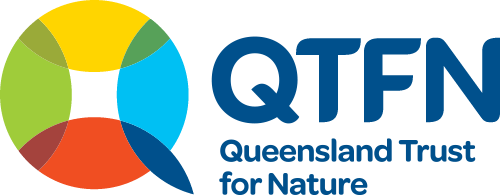September is Biodiversity Month
September: A whole month dedicated to our primary goal of biodiversity. After all, biodiversity is our business and what better way to promote this national event than a month long celebration of its importance. Biodiversity represents all living things on our planet and they exist at differing scales: regional diversity, ecosystem diversity, species diversity and genetic diversity. It is […]

